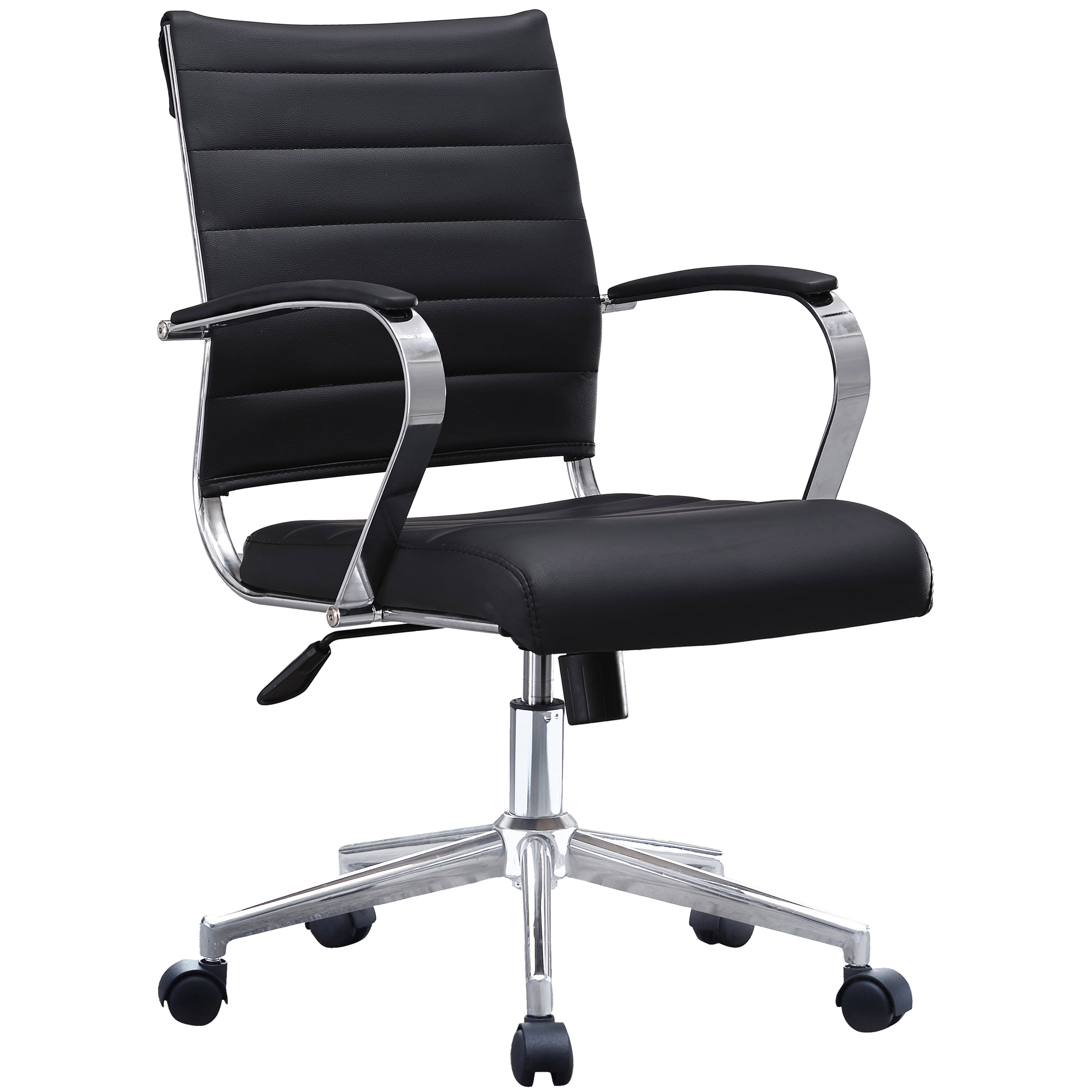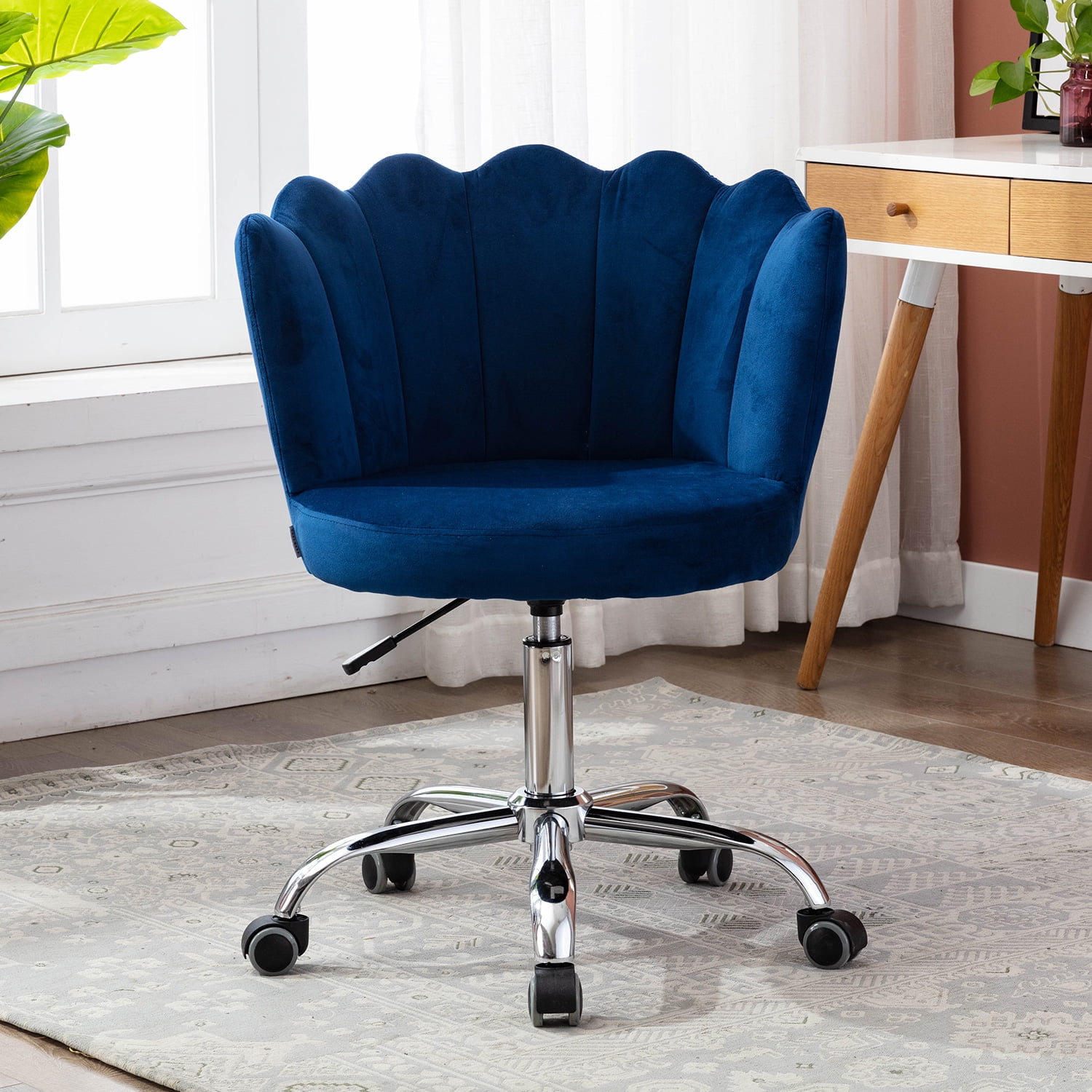Features and Benefits of Mobility Dining Chairs with Arms

Choosing the right dining chair can significantly impact comfort and independence, especially for individuals with mobility challenges. Mobility dining chairs with arms offer a range of features designed to enhance ease of use and promote a more enjoyable dining experience. These chairs provide crucial support and stability, making the simple act of sitting down and standing up less strenuous and safer.
Armrest Benefits for Enhanced Comfort and Stability
Armrests are a key differentiating feature of mobility dining chairs. They provide essential support during the sitting and standing process, reducing strain on joints and muscles. The armrests act as leverage points, allowing users to push themselves up from the chair more easily. This is particularly beneficial for individuals with arthritis, weakened leg muscles, or balance issues. For example, a person with limited lower body strength can use the armrests to assist in standing, minimizing the risk of falls. The added stability provided by armrests also contributes to improved comfort and confidence during mealtimes. Users feel more secure and less likely to experience unexpected shifts or wobbles.
Materials Used in Construction and Their Impact
The materials used in constructing mobility dining chairs significantly influence their durability, weight, and aesthetic appeal. A variety of materials are employed, each offering a unique set of advantages and disadvantages.
| Material | Durability | Weight | Aesthetics |
|---|---|---|---|
| Wood | High, especially hardwoods like oak or maple; can be susceptible to damage from moisture. | Moderate to High, depending on the type and size of the chair. | Classic and elegant; offers a wide range of finishes. |
| Metal | High; strong and resistant to damage, but can be prone to rust if not properly treated. | Moderate to High, depending on the type of metal and chair design. | Modern and sleek; can be easily customized with different finishes. |
| Plastic | Moderate; lightweight and easy to clean, but can be less durable than wood or metal and prone to cracking. | Low; ideal for lightweight chairs. | Versatile; available in various colors and styles, but may not be as aesthetically pleasing as wood or metal to some. |
Innovative Design Features Enhancing User Experience
Many mobility dining chairs incorporate innovative design features to further enhance user experience. Adjustable height allows users to customize the chair to their individual needs, ensuring optimal comfort and support. Swivel bases provide greater maneuverability, allowing users to easily turn and reach items on the table without needing to stand. Lightweight frames, often made from aluminum alloys, make the chairs easier to move and reposition. For instance, a chair with an adjustable height feature allows users to match the chair’s height to their table, preventing awkward postures and strain. A swivel base allows for easier access to food and conversation, promoting greater independence and participation during mealtimes. Lightweight frames facilitate ease of movement, beneficial for caregivers and users alike.
Types and Styles of Mobility Dining Chairs with Arms: Mobility Dining Chair With Arms

Choosing the right mobility dining chair can significantly enhance comfort and independence during mealtimes. Understanding the different types and styles available is crucial for making an informed decision that best suits individual needs and preferences. This section explores the various options, considering factors such as functionality, aesthetics, and user requirements.
Mobility dining chair with arms – Mobility dining chairs with arms are categorized primarily by their functionality and then further distinguished by their style. Functionality dictates how the chair moves and adjusts, while style reflects its overall design and aesthetic appeal. The interplay between these two factors determines the chair’s suitability for a particular user.
Categorization by Functionality
Mobility dining chairs can be broadly classified into three main functional categories: stationary, rolling, and lift chairs. Each type offers a unique set of advantages and disadvantages depending on the user’s mobility level and specific needs.
- Stationary Chairs: These chairs offer stability and are ideal for users with limited mobility who require a secure and supportive seating position. They are typically heavier and less maneuverable than rolling chairs but provide excellent stability.
- Rolling Chairs: Designed for increased mobility, rolling chairs allow users to easily move around the dining area. They typically feature wheels and may have locking mechanisms for added safety. These are suitable for users who can self-propel or receive assistance with movement.
- Lift Chairs: Offering the most assistance, lift chairs incorporate a motorized mechanism that raises and lowers the seat, making it easier for users to get in and out of the chair. These are particularly beneficial for individuals with limited lower body strength or those recovering from surgery or injury. Many lift chairs also offer recline functionality for added comfort.
Categorization by Style, Mobility dining chair with arms
Beyond functionality, mobility dining chairs are available in a variety of styles to complement different tastes and home decors. The choice of style often influences the overall aesthetic of the dining area.
- Traditional Style: These chairs often feature classic designs with ornate details, rich wood finishes, and upholstered seats. They typically exude a sense of elegance and sophistication, often blending seamlessly into traditional or formal dining settings.
- Modern Style: Modern mobility dining chairs emphasize clean lines, minimalist designs, and contemporary materials like metal and sleek plastics. They often feature a more streamlined aesthetic and a focus on functionality.
- Contemporary Style: Contemporary styles incorporate elements of both traditional and modern designs, creating a unique blend that appeals to a wider range of tastes. They might feature comfortable upholstery combined with clean lines and simple shapes.
Suitability for Different User Needs
The ideal chair depends heavily on the user’s individual needs and preferences. Consider these factors:
- Weight Capacity: Ensure the chair’s weight capacity comfortably exceeds the user’s weight. This is crucial for safety and longevity.
- Adjustability: The level of adjustability (seat height, back recline, armrest position) is crucial for comfort and support. Users with specific postural needs will benefit from highly adjustable chairs.
- Comfort: Consider factors like seat cushioning, backrest support, and armrest height. Comfort is paramount for prolonged sitting during mealtimes.
Hypothetical Scenario: Choosing a Mobility Dining Chair
Imagine Mrs. Smith, a 75-year-old woman recovering from a hip replacement. She needs a chair that helps her get in and out easily, offers good back support, and complements her traditional dining room. Given her limited mobility and need for assistance, a lift chair would be the most suitable option. Considering her preference for a traditional aesthetic, she might opt for a lift chair with a classic wooden frame and comfortable upholstery, ensuring it meets her weight capacity requirements. A rolling chair would be less suitable due to her limited mobility, and a stationary chair might prove too difficult to get in and out of.
